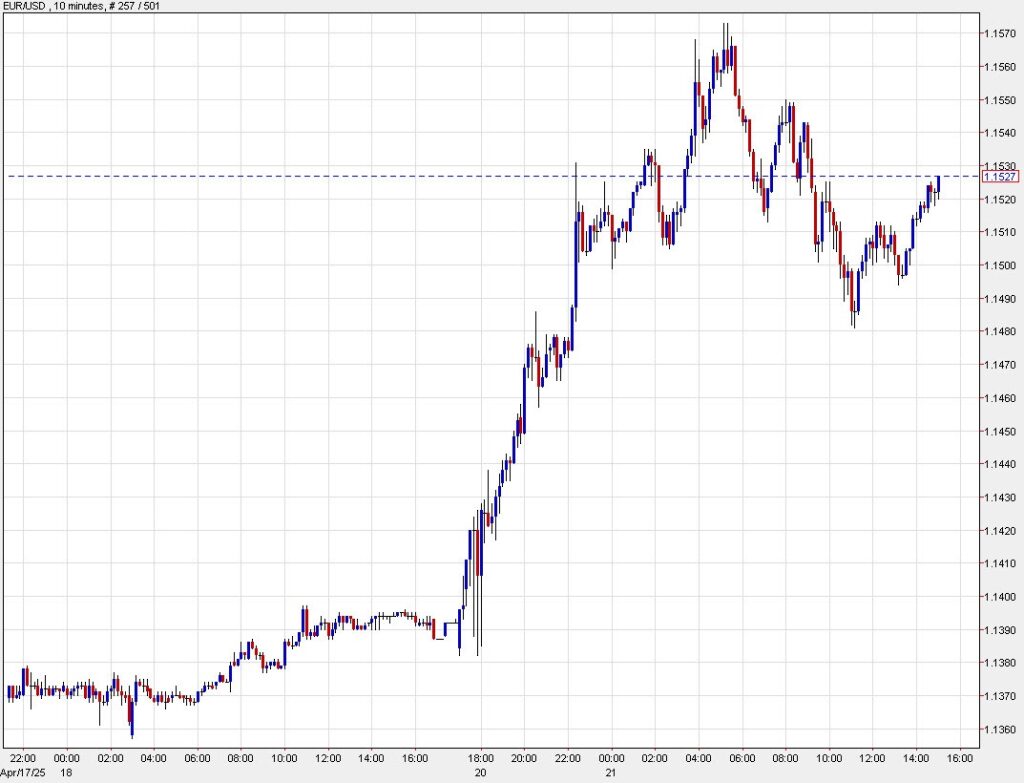
Not Much of a Stand for the US Dollar as It Slips Again
The US dollar is once again showing signs of weakness, sliding further against a basket of major currencies and stirring uncertainty across global financial markets. While the greenback has long been viewed as a safe haven in times of economic turbulence, recent economic indicators and shifting sentiment are casting doubt on its dominance—at least in the near term.
Fading Confidence Amid Mixed Signals
The dollar’s slide comes amid a mixed bag of economic data from the United States. Inflation remains sticky in some sectors, while consumer spending and job growth are showing signs of cooling. With the Federal Reserve adopting a more cautious tone, the markets are beginning to question whether further interest rate hikes are off the table—or if rate cuts might even be on the horizon.
This uncertainty is weighing heavily on the dollar. The DXY index, which measures the dollar against a basket of six major currencies, has edged lower for the third consecutive week. Traders are beginning to unwind their long-dollar positions as yields plateau and risk appetite creeps back into the market.
Global Rivals Gain Ground
Meanwhile, other currencies are finding their footing. The euro has gained strength on the back of better-than-expected economic data out of the Eurozone, while the British pound has been buoyed by hawkish commentary from the Bank of England. In Asia, the Japanese yen and Chinese yuan are showing relative resilience, with central banks signaling increased efforts to stabilize their economies and currency valuations.
Emerging market currencies are also experiencing a resurgence. With the dollar weakening and commodity prices firming, countries reliant on resource exports are beginning to see their currencies bounce back—another headwind for the greenback.
Investor Behavior Shifts
As the dollar loses momentum, investor behavior is pivoting. Gold prices have pushed higher, typically a signal that traders are hedging against currency devaluation and inflation risk. Equity markets have responded with cautious optimism, as a weaker dollar often boosts multinational profits and supports global trade.
Cryptocurrencies have also seen renewed interest, with Bitcoin and Ethereum posting gains as some traders look for alternative stores of value outside traditional fiat currencies.
Looking Ahead
While it’s too early to call a long-term reversal for the dollar, the short-term trend is clearly tilting downward. The key question now is whether the Fed will step in with firmer guidance—or if a growing consensus around rate normalization will continue to weigh down the greenback.
Until then, the dollar’s latest retreat is a signal to investors: the era of relentless USD strength may be on pause, and the global currency stage is once again in flux. Whether this is a temporary dip or the beginning of a broader shift remains to be seen. But one thing is clear—the US dollar isn’t standing as tall as it once did.
